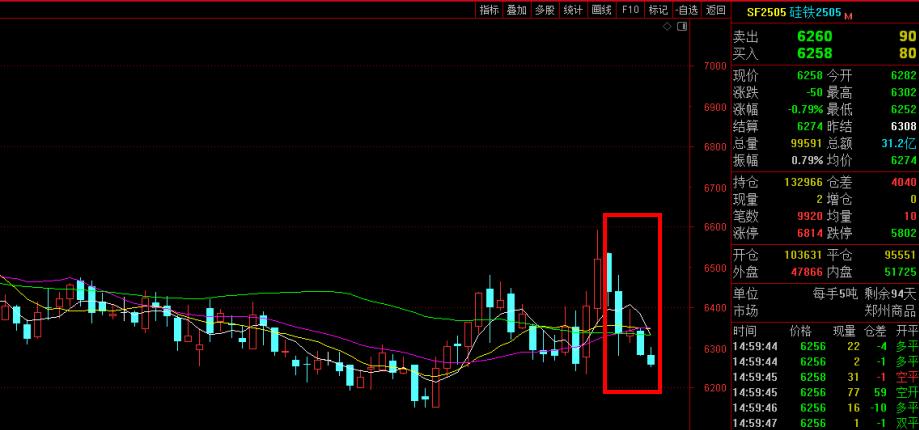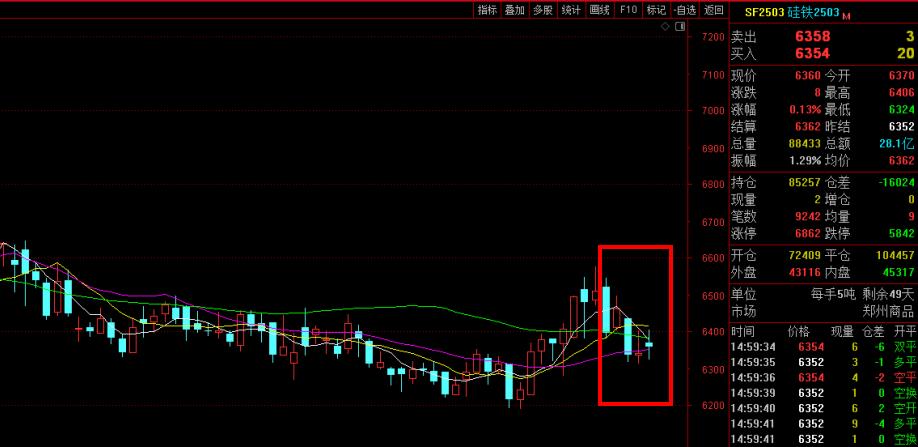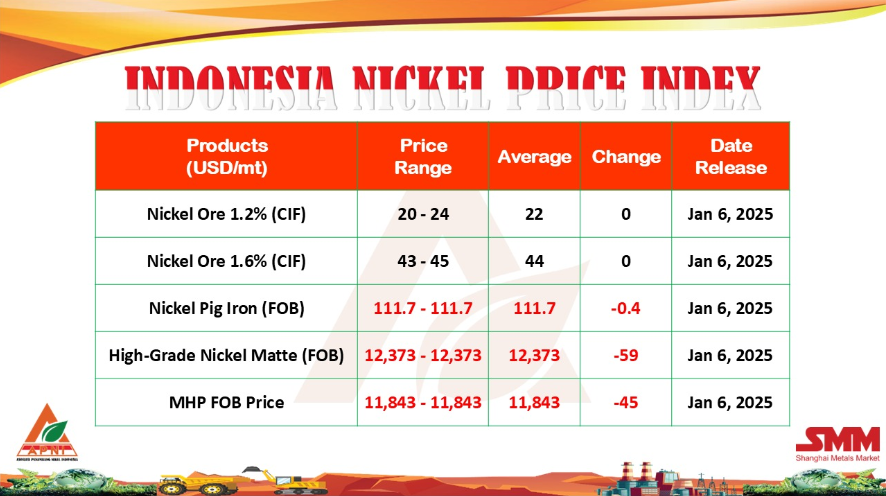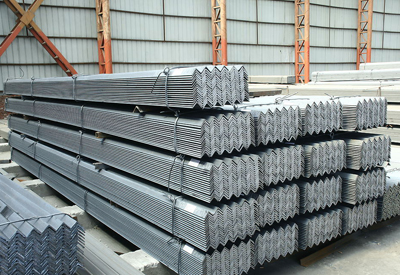[ferro-alloys.com]For the first time, more than 200 mineral species have been identified that originated either principally or exclusively due to human activities – primarily as a result of mining.
The study, led by Robert Hazen of the Carnegie Institution for Science published by American Mineralogist bolsters the argument to officially designate a new geological time interval distinguished by the pervasive impact of human activities called the Anthropocene Epoch.
According to the paper, the 208 catalogued mineral species originating from human actions represent almost 4% of the 5,208 minerals (defined as a naturally occurring crystalline compound that has a unique combination chemical composition and crystal structure) officially recognized by the International Mineralogical Association.
The majority of the recognized minerals originated in ore dumps, through the weathering of slag, formed in tunnel walls, mine water or timbers, or through mine fires. Six were found on the walls of smelters and three formed in a geothermal piping system.
According to the authors, some minerals formed due to human actions can also occur naturally: Three in that category were discovered on corroded lead artifacts aboard a Tunisian shipwreck, two on bronze artifacts in Egypt, and two on tin artifacts in Canada. Four were discovered at prehistoric sacrificial burning sites in the Austrian mountains.
Dr. Hazen, who co-wrote the paper with Edward Grew of the University of Maine, and Marcus Origlieri and Robert Downs of the University of Arizona, says "mineral evolution has continued throughout Earth's history":
"Within that collection of 5,200 are 208 minerals produced directly or indirectly by human activities, mostly since the mid-1700s, and we believe that others continue to be formed at that same relatively blazing pace. To imagine 250 years relative to 2 billion years, that's the difference between the blink of an eye (one third of a second) and one month."
"Simply put, we live in an era of unparalleled inorganic compound diversification," says Dr. Hazen. "Indeed, if the Great Oxidation eons ago was a 'punctuation event' in Earth's history, the rapid and extensive geological impact of the Anthropocene is an exclamation mark."
According to the paper large scale movement of rocks, sediments and minerals through mining, quarrying and construction over thousands of years "rivals in scale" nature's distribution, for instance by glaciers.
Minerals with no confirmed natural occurrence include those recovered from ore dumps such as wheatleyite and widgiemoolthalite and others associated with mine dump fires like acetamide, hoelite and kladnoite. Paceite and hoganite were formed by interaction with mine timbers while calclacite was formed in storage cabinets in museums.
The global movement of highly valued minerals like gemstones and precious metals also played a central role on diversity and distribution in the mineral world:
"If buried in the stratigraphic record and subsequently unearthed in the distant future, would reveal unambiguously the passion of humans for the beauty and wonder of the mineral kingdom."
According to Dr. Downs "there must be hundreds of as yet unrecognized 'minerals' in old mines, smelters, abandoned buildings, and other sites. Meanwhile, new suites of compounds may now be forming in, for example, solid waste dumps where old batteries, electronics, appliances, and other high-tech discards are exposed to weathering and alteration."
Of the human-mediated minerals identified by the Deep Carbon Observatory researchers, 29 contain carbon and 14 of these have no recorded natural occurrence (click here for map). Among the 14, candidates for the very youngest include a dozen minerals related to uranium mines, say the authors:
The mineral andersonite, for example, is found in the tunnels of certain abandoned uranium mines in the American Southwest. At places along the tunnel walls, sandstone becomes saturated with water that contains elements that form a beautiful crust of yellow, orange and green crystals. Prized for its bright green fluorescent glow under a black light, a good sample of andersonite will fetch up to $500 from a collector.
Another notable carbon-bearing mineral is tinnunculite, determined to be a product of hot gases reacting with the excrement of the Eurasian kestrel (Falco tinnunculus) at a burning coal mine in Kopeisk, Chelyabinsk, Russia. It was subsequently discovered also on Russia's Mt. Rasvumchorr – an entirely natural occurrence.
(Mining.com)
- [Editor:王可]



 Save
Save Print
Print Daily News
Daily News Research
Research Magazine
Magazine Company Database
Company Database Customized Database
Customized Database Conferences
Conferences Advertisement
Advertisement Trade
Trade














 Online inquiry
Online inquiry Contact
Contact

Tell Us What You Think